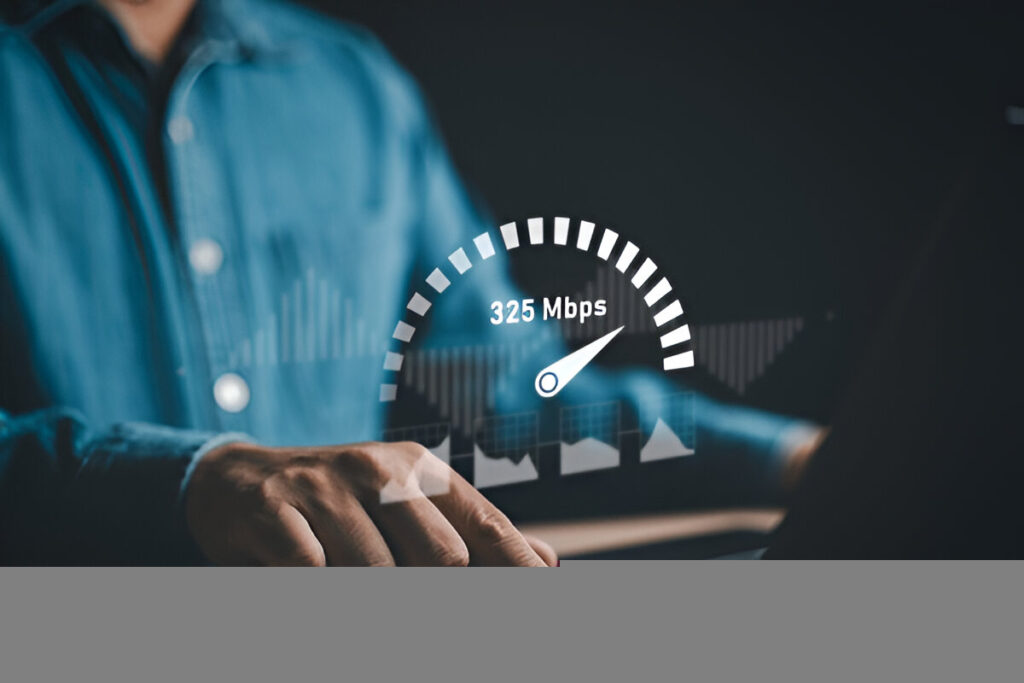You’ve decided to pay for your ultra-fast internet, but something is still wrong—this sounds like the situation when we had dial-up internet. If you encounter issues with speed at any time or with specific activities, the internet may be disrupted by the provider.
What is that, and how can you tell if you are a victim, and what to do if you are? If you feel that your provider is responsible for the low internet speed. How do you feel about it?
How to Check if Your Internet Is Being Throttled
These are ways in which you can confirm the suspicion that your ISP is slowing down your internet.
1. Run a Speed Test
Use quick-look-at speed testing tools like:
- Measurement Lab (MLab)
- Ookla Speedtest
Do the tests at various times of the day. Your ISP is likely throttling your connection if you experience regular declines, particularly during busy hours.
2. Compare Streaming Speed vs. General Speed
Use Netflix’s FAST.com to check your streaming speed and then carry out the regular internet speed test. A significant drop on FAST.com (while others are normal) suggests that your ISP may be blocking or throttling streaming traffic.
3. Use a VPN to Test and Bypass Throttling
A VPN is a tool primarily used to hide data from online traffic carriers. If your speeds improve using a VPN, it is a clear indication that your ISP was intentionally slowing down your streaming or downloading speed.
Some of the best VPNs available are:
- ExpressVPN
- NordVPN
- Surfshark
Note: VPNs can reduce speed slightly, but not to an unbearable extent when encryption is used.
4. Test Wi-Fi vs. Ethernet
First, take a speed measurement over Wi-Fi, then run another test using an Ethernet connection. If the readings are as fast as one would want using the latter, then the inference is that there is nothing wrong with the Internet signal and that the reasons for the mass outage have another cause not related to the Internet service provider. But if both readings are slow, it is more likely that throttling is the cause.
5. Check Your Data Cap
If you have a strict data cap, be sure to opt for a data inquiry to view your current consumption. Most likely, you went overboard without knowing, and now the speed is reduced until the next billing period.
How to Stop ISP Throttling
Although it seems like a difficult task, the following are the actions you could take:
Use a VPN
Using a VPN service to mask your online activity allows providers to refrain from performing targeted throttling on individual sites or apps.
Limit Bandwidth-Heavy Activities
If your plan is restricted in terms of data, consider refraining from using data-intensive activities such as 4K streaming, online gaming, or downloading large files.
Track Your Data
By using either applications or the settings of your router, you can monitor your data usage monthly and thus prevent data overages.
Upgrade Your Plan
The most straightforward way to prevent throttling caused by a data limit is to upgrade your current internet plan, allowing you to access full speed as usual.
Switch ISPs
If the issue of throttling occurs frequently and your ISP appears to be dishonest about this, it may be time to consider switching to a more reliable service and a provider with more customer-friendly policies.

